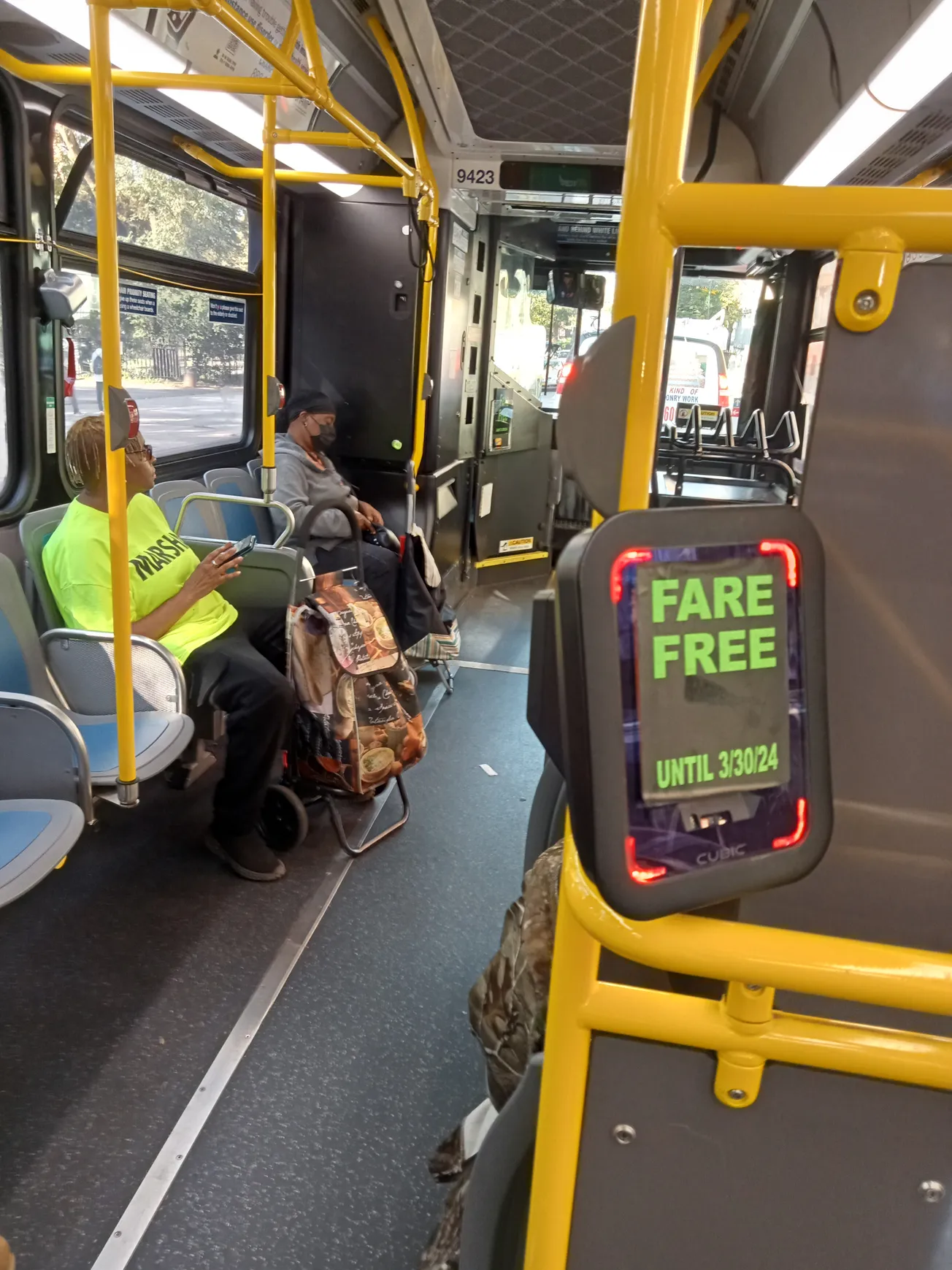// On a cold, sunny morning in mid-November, I joined a press tour of the first fully operational line of the REM, the Réseau express métropolitain, Montreal's new light-metro system. Two years ago, the first five stations of the system opened, and I reported on the experience of riding it here and here. That part of the line, which runs from the downtown Gare Centrale to the south-shore suburb of Brossard, has made headlines more for its failures than its successes. Breakdowns, mostly winter-weather related, left passengers stranded in the middle of the Champlain Bridge for hours, or forced them to join long line-ups to board replacement shuttle buses. The number of incidents declined as time went on, but, still—not a good look.
During the week of November 15, fourteen more stations came on-line. When the spurs to the island’s western suburbs, due to open this spring, and to Trudeau airport, set for 2027, are completed, a total of twenty-six new stations and 67 kilometers of track will be added to Montreal’s rail network. It’s the most ambitious transit expansion in North America, one that invites comparison to the Grand Paris Express, which will see four new lines of automated trains through Paris’s outer suburbs by 2030. I believe that other cities in Canada and the United States looking for an alternative to buses, light rail, and expensive subway systems would be wise to take a look at the REM.

I rode my bicycle to the Édouard-Montpetit station, located near the flanks of Mont-Royal, and locked it at a sheltered stand behind the station. (Bravo! All REM stations were designed to feature bicycle parking.) It's been under construction since 2018, and it was nice to see the station édicule (entrance pavilion) fully exposed.
The firms responsible for the architecture puts the emphasis on transparency—expansive glass walls—and lots of light-toned, sourced in Quebec wood, on the ceilings. I happen to like this Nordic aesthetic, but it's a long way from the diversity of styles you find in Montreal's Brutalist métro, each station of which has a different look, and often features striking artworks by mid-century Québécois artists. The standardization of station design has its advantages—more on that later—but, with a few exceptions, once you've seen one REM station, you've seen them all.

Édouard-Montpetit is a key station, because it offers a more-or-less direct connection to the Blue Line métro station of the same name. Most of the REM runs outdoors, on at-grade or elevated guideways, but three stations are underground—Gare Centrale (which connects to VIA Rail and Exo commuter trains), McGill, and Édouard-Montpetit. The latter is really underground—in fact, after the Washington Park MAX Station in Portland, Oregon, it's the deepest in North America.
From the front entrance, you take a large elevator, or a broad set of stairs, to a bank of five express elevators. These take about 10 seconds to drop 72 metres, or the height of a 20-storey building. So fast, in fact, that there's a real sense of the ground dropping from under you when they start their descent; I definitely felt my ears popping.






